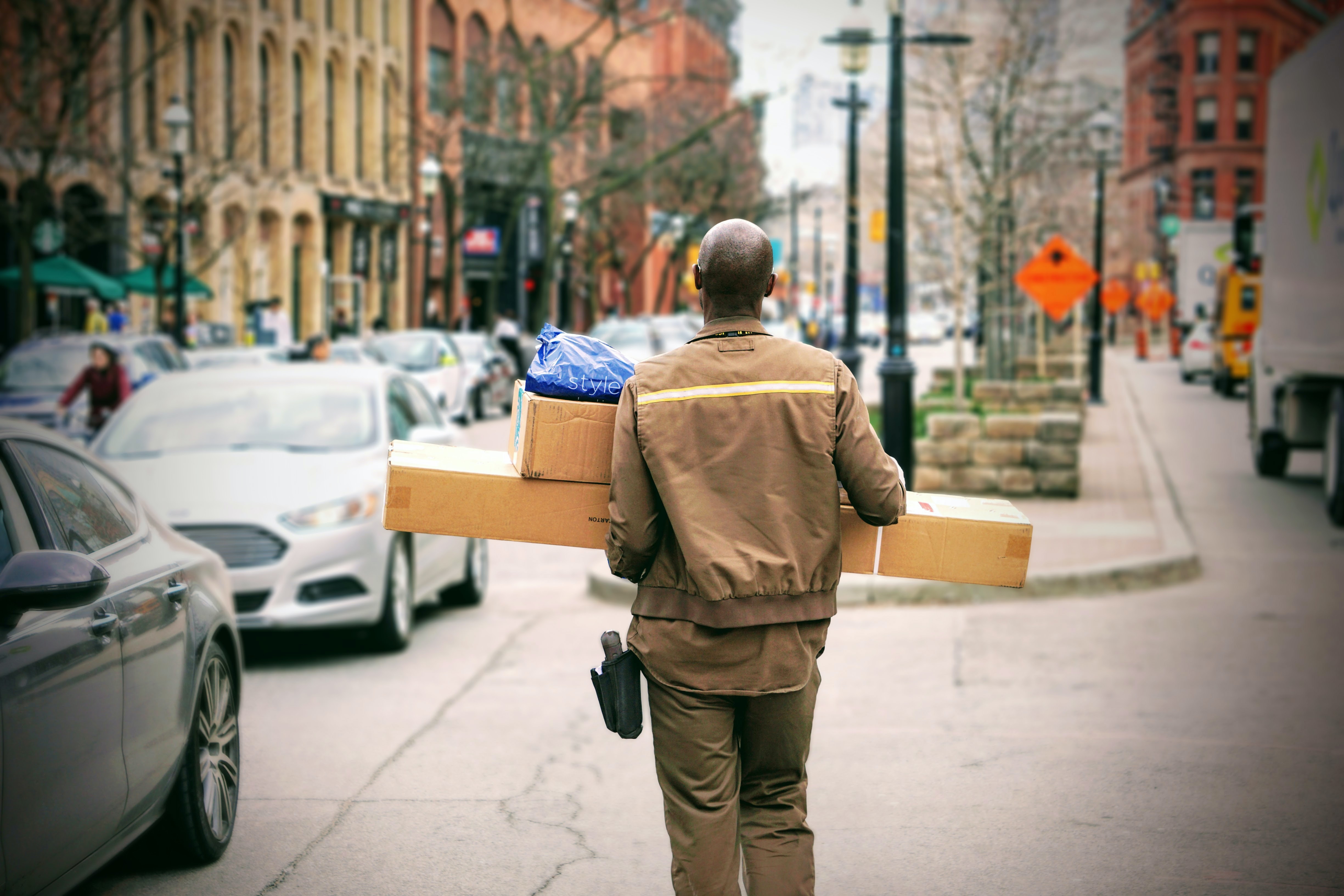Inditex, the fashion group that owns Zara, has announced that despite making a loss of £358 million during the first quarter of 2020, online sales have skyrocketed by 95% – both due to the COVID-19 lockdown. The global fashion giant expects part of this change to be permanent, with a quarter of all sales predicted to be online in 2022, compared to 14% now.
Inditex also stated they would shift their focus to their largest stores and online platform, investing around £801.4 million in these areas for the next three years.
So, how wise is this move by Inditex and how can they (and other businesses wanting to follow a similar path) ensure success?
How consumer expectations have changed following the pandemic
.jpeg?width=5760&name=crown-group-modern-motion-374894%20(2).jpeg)
We conducted a consumer survey last month to find out how the way the public were purchasing products/services had changed as a result of the pandemic and will change in the future. Then, we analysed our findings in this blog post where we discuss the key takeaways and how businesses can adapt.
As a summary, we found that as a result of going into lockdown:
- More people are buying online and will continue to buy online, even after it’s lifted
- Delivery expectations have become more relaxed
- Attitudes towards pricing have become more flexible
- More people are preferring to support the smaller, local businesses
- Buying attitudes are becoming more ethically-driven
- Slightly more people are wanting to receive a personalised web experience (it’s still as important as it was before)
- More people are welcoming video usage on a website – such as video consultations
Take a look at our visual graphic via the button below which highlights some of the survey’s key findings.
What this means for Inditex and other businesses
One major thing we discovered from our survey was the shift to online. Before the lockdown, 57% of people were buying at least half of their goods online. After the lockdown, it jumps to 74% and this preference for online shopping is likely to continue, partly because it’s both so convenient and essential for people to continue taking precautions.
So, Inditex’s decision to shift most of its focus to its online platform is wise. However, there are several other areas they should consider…
1. Provide a streamlined, user-friendly online experience
That means from the moment your customers land on your website to read about a particular offer or browse a new product range to when they check out (and all the steps in between), everything must be easy to navigate, logical and friction-free.
2. Offer outstanding customer service and overall experience
Personalisation can help with this.
For example, if your online customers are ‘returners’, your website could greet them with a personalised splash page relevant to their last purchase, or if they abandon their shopping cart, you could email them a reminder along with an exclusive discount code.
It’s not just online personalisation you need to consider. There are also your offline channels, such as your customer support.
If your customers are experiencing an issue or have a query and they need to be passed to another member of your support team, ensure this transition is seamless. Your customers shouldn’t have to go through the same security process again and again, nor should they be asked the same questions related to their query/issue; the new call assistant should be able to pick up right where the previous one left off.
3. Set delivery expectations and stick to them
 Photo by Maarten van den Heuvel on Unsplash
Photo by Maarten van den Heuvel on Unsplash
Our survey found consumers’ delivery expectations have become more relaxed due to the pandemic, but that doesn’t mean you can deliver outside of your estimated timeframes or have a long delay without explaining why to the customer.
People are more open to deliveries taking longer now, but they still want to know their expected delivery times in advance and for these to be met wherever possible.
4. Provide a consistent experience
Remember that outstanding customer service and experience we mentioned earlier? That needs to be consistent across all of your channels.
So, from your website and customer support, to your social media accounts and brick-and-mortar stores, your customers want the same message and standard of experience. Of course, you’ll have different people manning your physical stores to your online channels but you’re still one brand. So, ensure you act like it.
Make sure your business is ready for the new decade
Consumer expectations have changed in the wake of COVID-19 but at the end of the day, people are still looking for their purchasing experience to be convenient, flexible and excellent. Keeping up with and exceeding their expectations is one way to remain many steps ahead of your competition; using the right technology is another.
This is what we’ve covered in our guide, New Decade, New Growth. From understanding the gaps in your online strategy to lessons from big brands who have failed in the digital age, you’ll learn the importance of digitalisation and how to achieve it.


